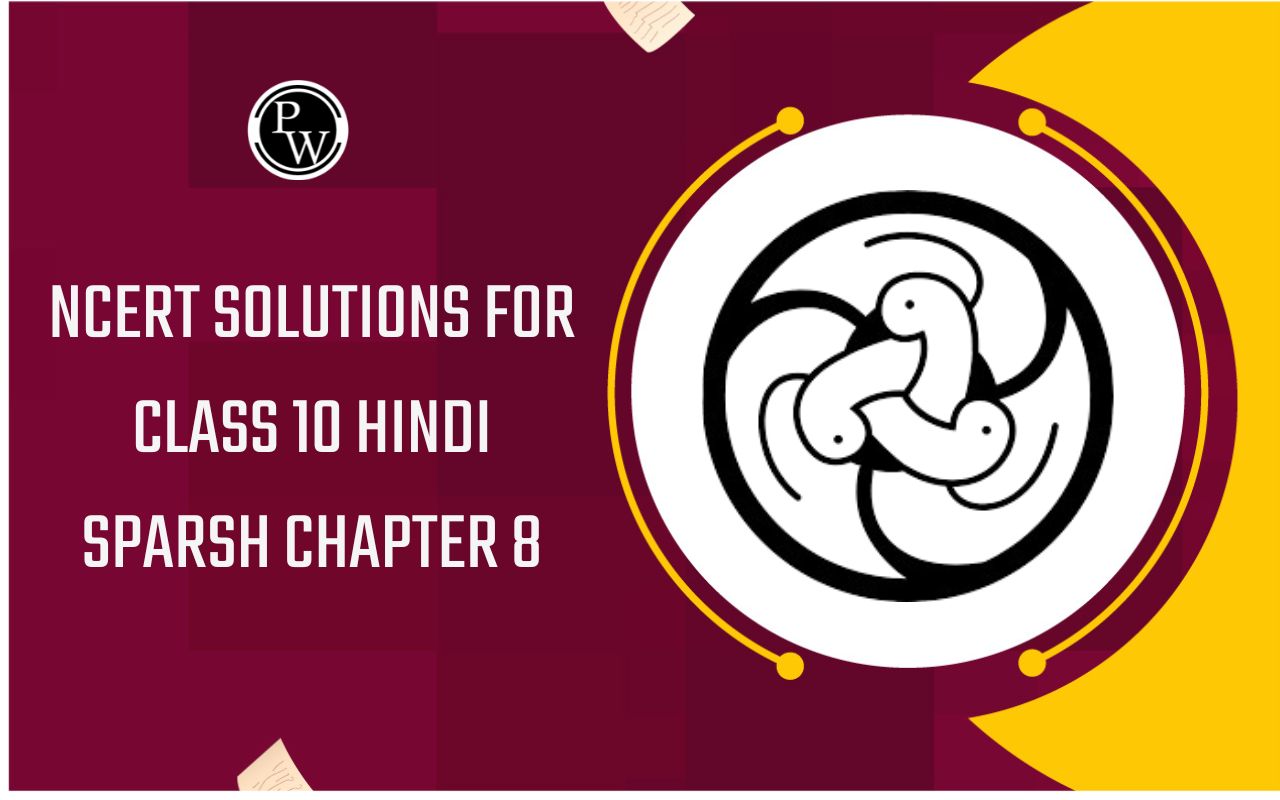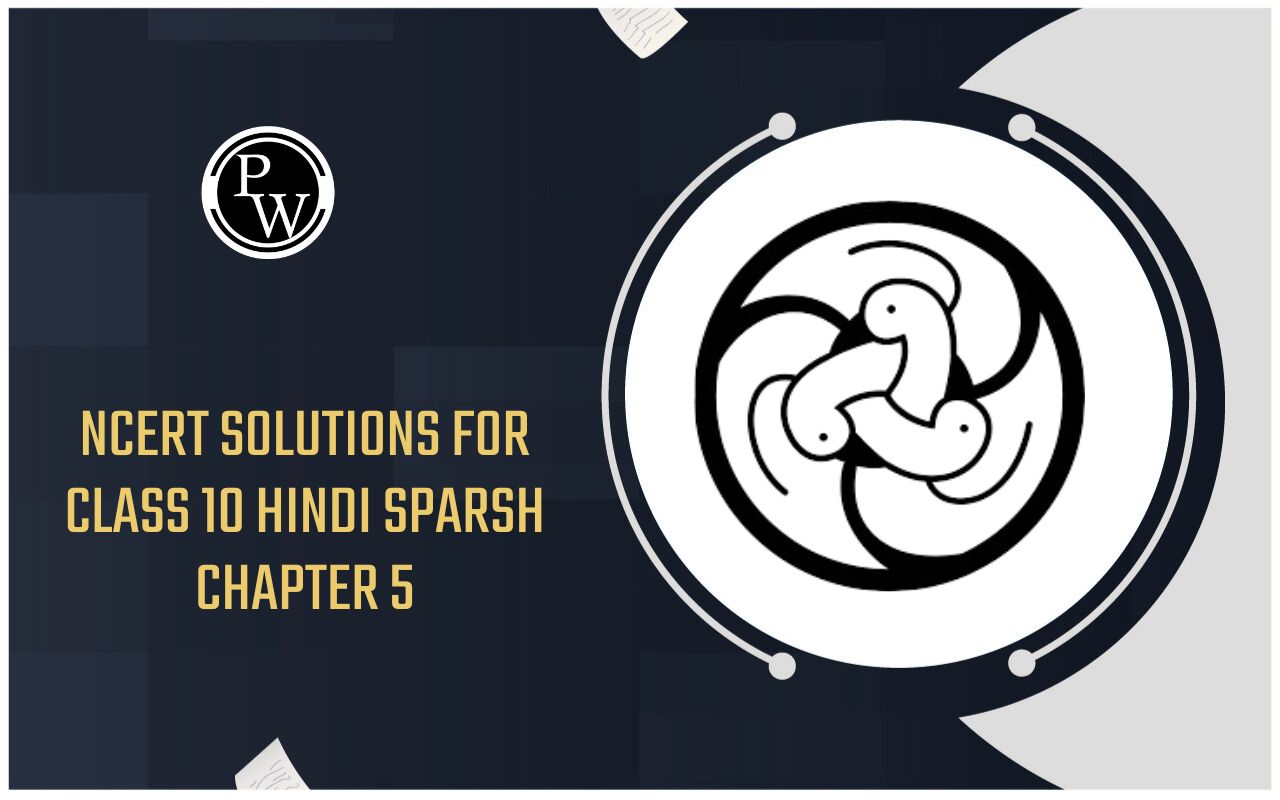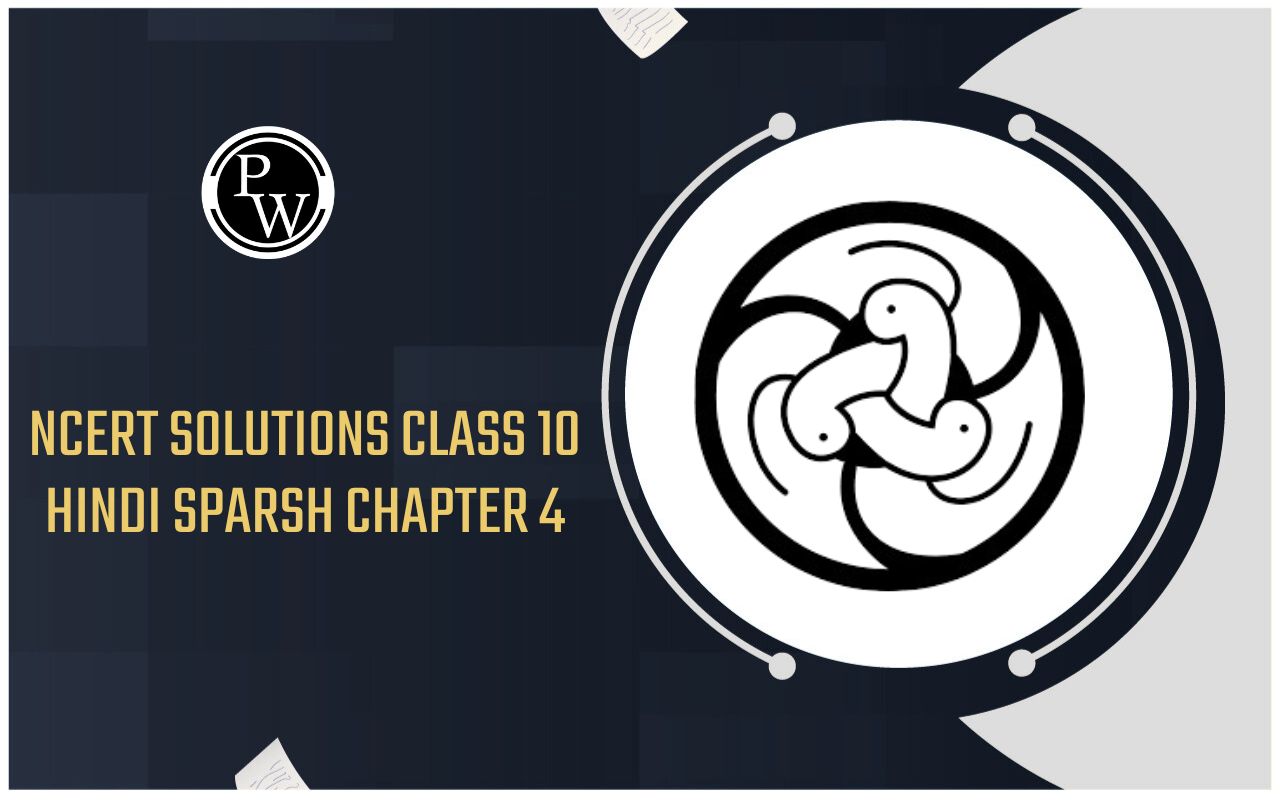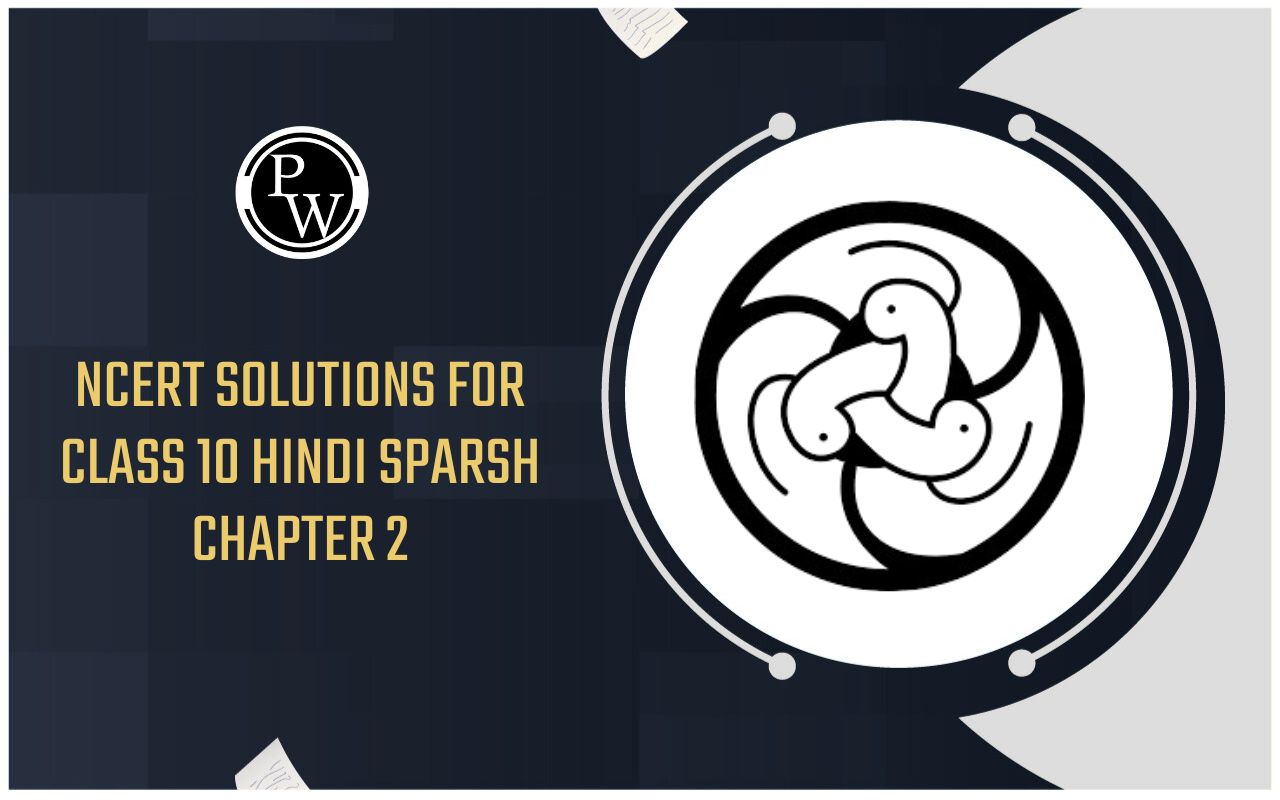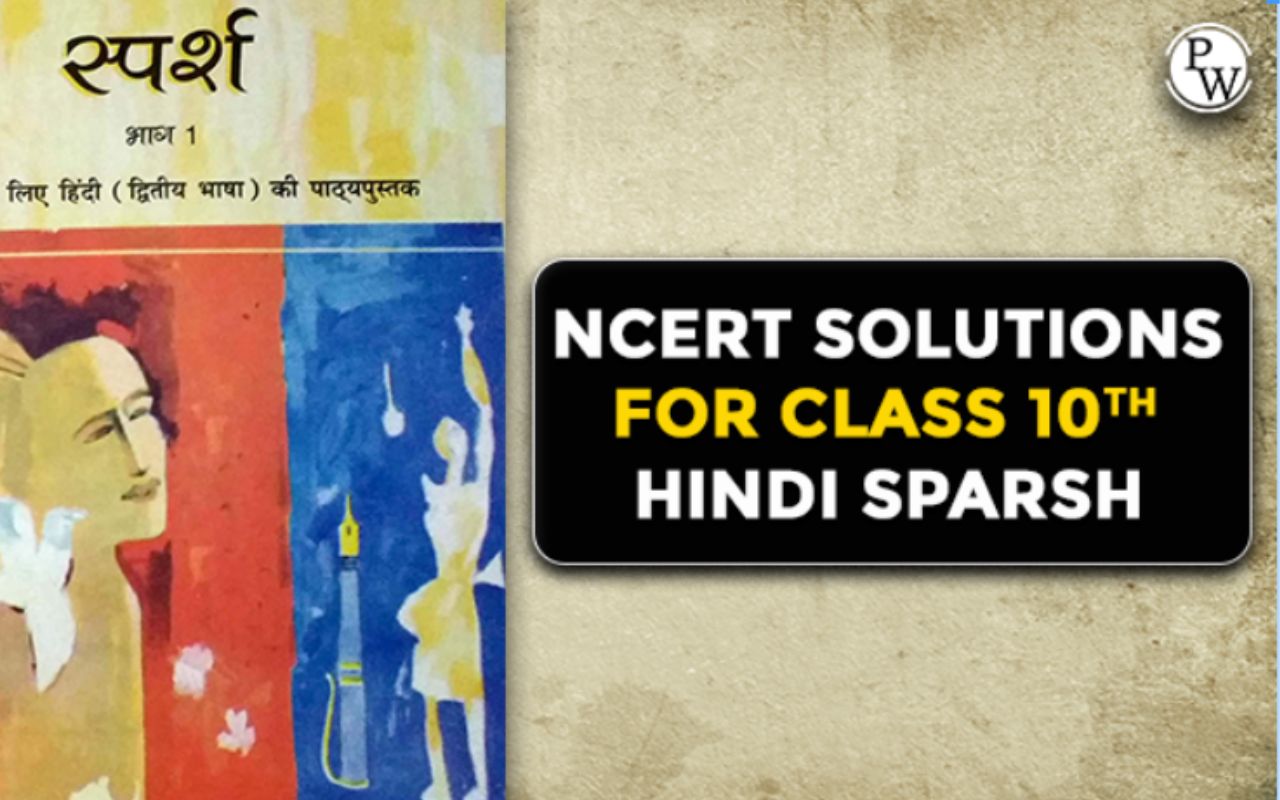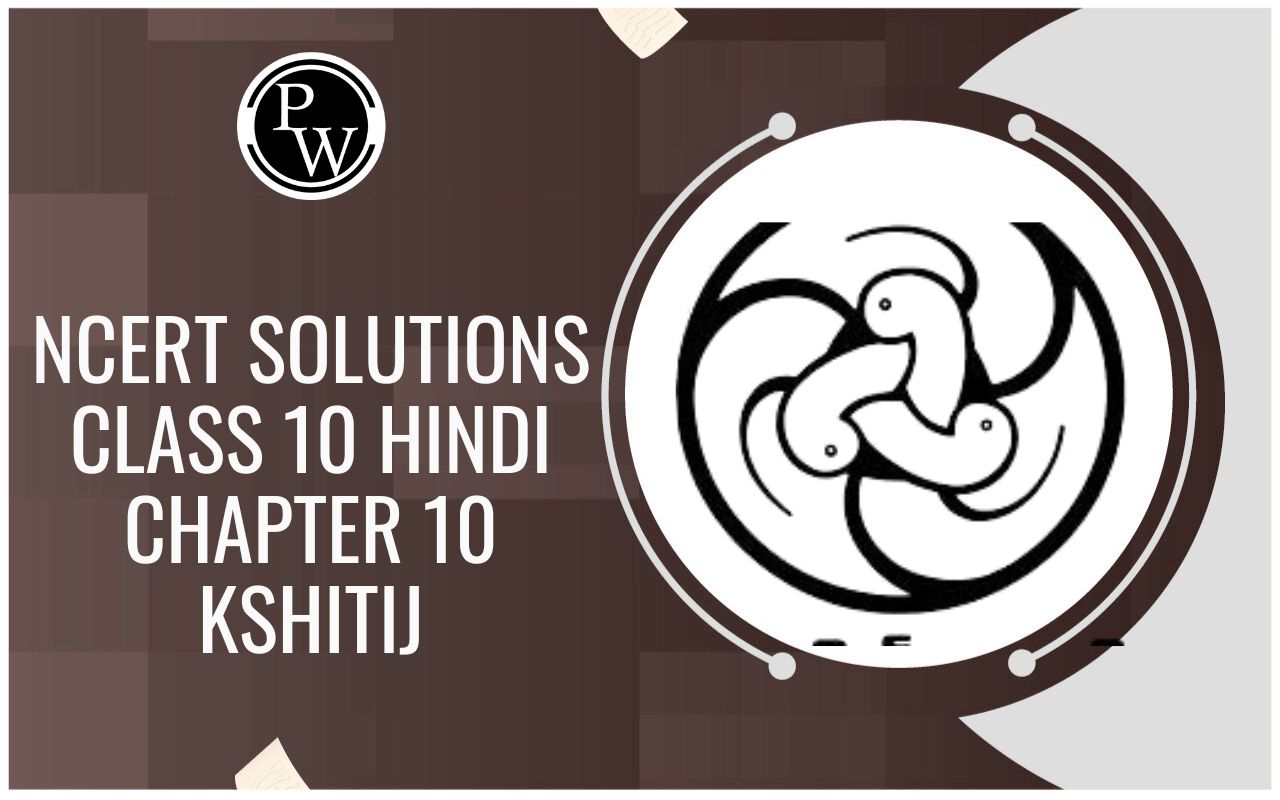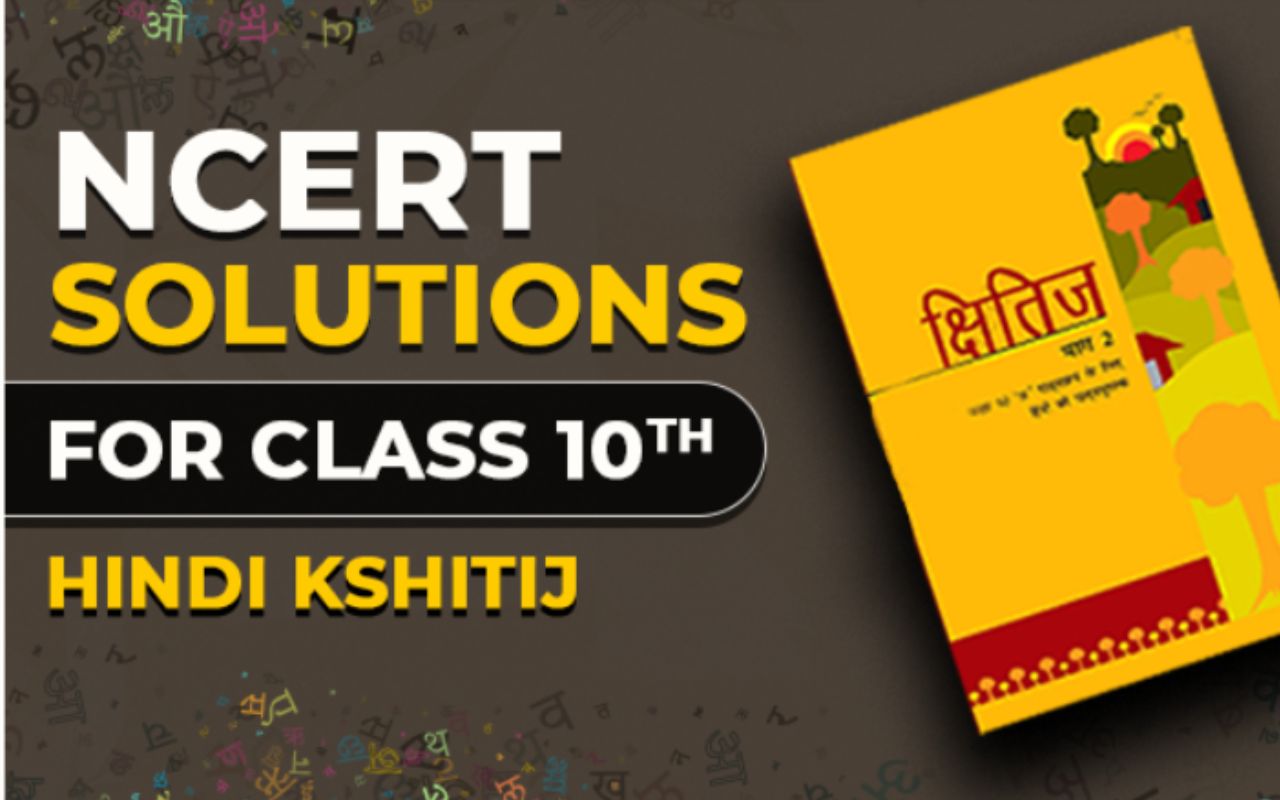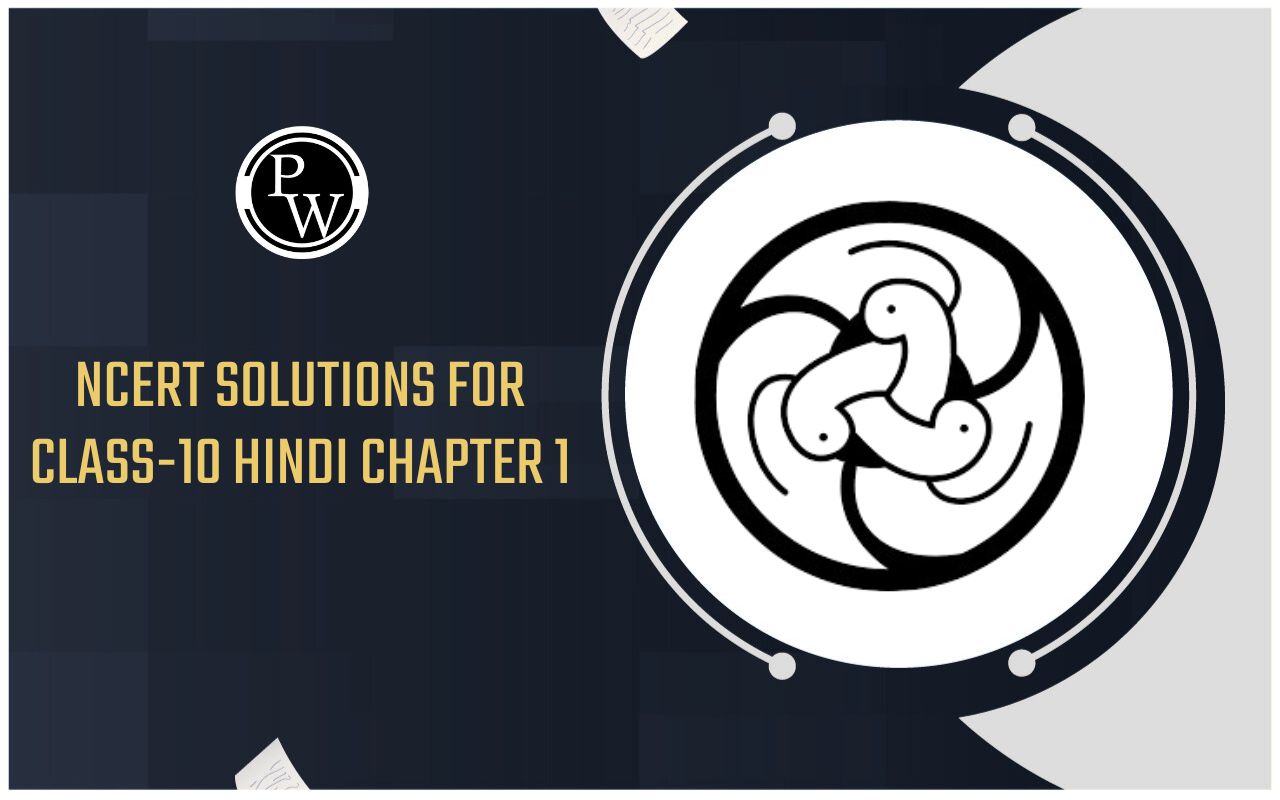
NCERT Solutions for class 8 History Chapter-7
Jul 06, 2022, 16:45 IST
NCERT Solutions for class 8 History Chapter 7 - Weavers, Iron Smelters and Factory Owners
Find below NCERT Solutions for class 8 History Chapter 7 - Weavers, Iron Smelters and Factory Owners prepared by Academic team of Physics Wallah. Do follow our NCERT solutions for other subject like NCERT solutions for class 8 Maths and NCERT solutions for class 8 Science .
LET’S IMAGINE
Imagine you are a textile weaver in late-nineteenth century India. Textiles produced in Indian factories are flooding the market. How would you have adjusted to the situation?
Ans. I would have contacted the agents of different European companies and had bargained. I would have produced fine quality of textile and worked very hard in my working unit. I would have requested to my local merchants to increase the supply of the textiles.
LET’S RECALL
Q1. What kinds of cloth had a large market in Europe?
Ans.
- European traders preferred fine cotton cloth from India carried by Arab merchants in Mosul in present-day Iraq.
- The Portuguese took back cotton textiles called ‘calico’ to Europe.
- Europeans also ordered printed cotton cloth called ‘chintz’.
- From the 1680’s there started a craze for printed cotton textiles in England and Europe mainly for their exquisite floral designs, fine texture and relative cheapness.
- Rich people of England including the Queen herself wore clothes of Indian fabrics.
Q2. What is Jamdani?
Ans. Jamdani is a fine muslin on which decorative motifs are woven on the loom, typically in grey and white.
Q3. What is bandanna?
Ans. The word ‘bandanna’ refers to any brightly coloured and printed scarf for the neck of head.
Q4. Who are the Agarias?
Ans. Agaria is a community of iron smelters who specialized in the field of craft.
Q5. Fill in the blanks:
a) The word chintz from the word______.
b) Tipu’s sword was made of _______ steel.
c) India’s textile exports declined in the _________century.
Ans.
(a)
Chhint
(b) Wootz
(c) eighteenth.
LET’S DISCUSS
Q6. How do the names of different textiles tell us about their histories?
Ans. There are various examples of names of textiles derived from different languages. The English word Chintz is derived from Chhint, a Hindi word. Originally the term, bandanna derived from the word ‘bandhana’ (Hindi for tying). The widespread use of such words shows how popular Indian textiles had become in different parts of the world.
Q7. Why did the wool and silk producers in England protest against import of Indian textiles in the early eighteenth century?
Ans. Worried by the popularity of Indian textiles, work and silk makers in England began protesting against the import of Indian cotton textiles. In 1720, the British government enacted a legislation banning the use of printed cotton textiles too.
Q8. How did the development of cotton industries in Britain affect textile producers in India?
Ans.
a) Indian textiles now had to compete with Britain textiles in the European and American markets.
b) Exporting textiles to England also became increasingly difficult since very high duties were imposed on Indian textiles imported to British.
Q9. Why did the Indian iron smelting industry decline in the nineteenth century?
Ans.
a)
The new forest laws led to the decline of craft of iron smelting.
b) When the colonial government prevented people from entering the reserved forests, the iron smelters could not find wood for charcoal.
c) Even when they were granted access the iron smelters had to pay a very high tax to the forest department for every furnace used. This reduced their income.
d) Moreover iron and steel was being imported from Britain.
Q10. What problems did the Indian textile industry face in the early years of its development?
Ans.
a) Indian textiles now had to compete with British textiles in European and American markets.
b) Exporting textiles to England also became increasingly difficult since very high duties were imposed in Indian textiles imported to Britain.
c) European companies had stopped buying Indian goods and their agents no longer gave out advantages to weavers to secure supplies.
d) By 1830s, two-thirds of all the cotton made of clothes produced in Britain.
Q11. What helped TISCO expand steel production during the First World War?
Ans.
a)
Steel produced in Britain now had to meet the demands of war in Europe. So, imports of British steel into India declined.
b) The Indian railways turned TISCO for supply of rails.
c) As the war dragged on for several years, TISCO had to produce shells and carriage wheels for the war.
d) By 1919 the colonial government was buying 90% of the steel manufactured by the TISCO.
LET’S DO
Q12. Find out about the history of any craft around the area you live. You may wish to know about the community of craftsmen, the changes in the techniques they use and the markets they supply. How have these changed in the past 50 years?
Ans. Do it yourself.
Q13. On a map of India locate the centres of different crafts today. Find out when these came up.
Ans. Do it yourself.
Find the pdf of NCERT Solutions for class 8 History Chapter 7 - Weavers, Iron Smelters and Factory Owners

